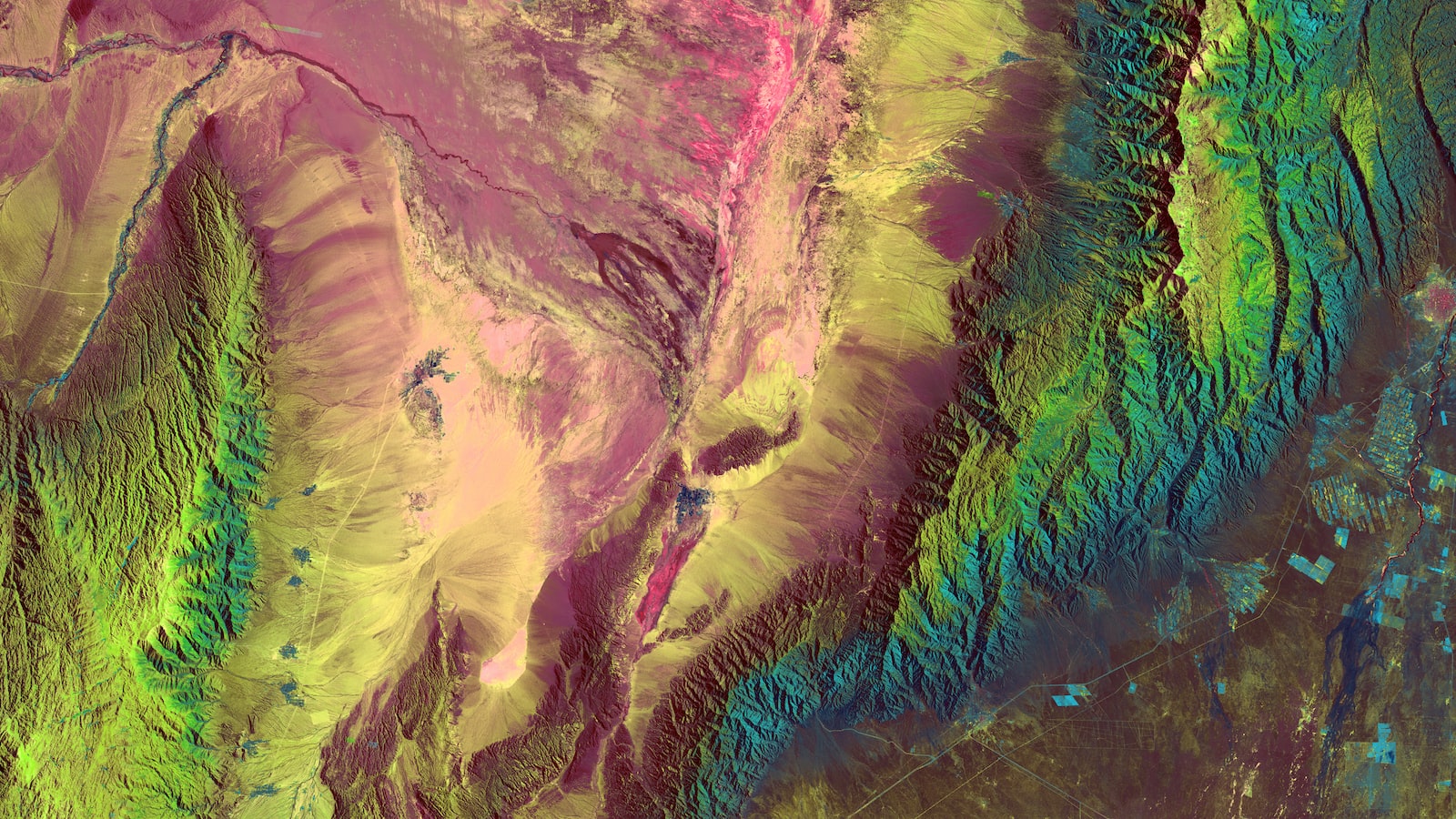Capella Space, a San Francisco based startup, launched the first two Earth imaging satellites of their constellation last August 2019. These satellites had a three-year mission life expected to run until the end of 2022. However, the Earth imaging satellites have begun to deorbit faster than expected, and are estimated to reenter Earth’s atmosphere by 2021.
Capella’s Earth-imaging satellites are designed to provide sub-meter resolution video imaging of any location on Earth, day and night. They use a synthetic aperture radar to capture motionless images of the entire Earth every single day, without relying on daylight or weather conditions. These satellites’ mass amounts to nearly 500 kg and have a wingspan of roughly 10 metres.
The main purpose of the Earth-imaging satellites is to provide a continuous, low-cost, high-resolution video of any location on the planet. However, since these satellites pass within 500 km of the upper atmosphere, they are vulnerable to atmospheric drag and friction and are not expected to last the entire three-year mission life.
After the first eleven months of orbit, Capella has reported that its satellites have been deorbiting faster than expected. They attribute this to higher than expected drag, which decreases the satellites’ orbital lifetime.
Though the sudden deorbit of the Capella Earth-imaging satellites is an unexpected turn of events, the startup maintains that the rapid deorbit is a natural consequence of their unique operating environment. The Earth-imaging satellites operate at a much higher altitude than satellites in other constellations. As a result, they are more vulnerable to atmospheric drag and efficiently lose altitude over time.
The rapid deorbit of the Capella Earth-imaging satellites highlights the challenges of operating satellites at higher altitudes. Though their unique design and operations offer a distinct advantage in terms of image quality and resolution, these same features also lead to their accelerated deorbiting.
In light of the faster-than-expected deorbit, Capella has accelerated its launch schedule, with plans to launch more satellites in the constellation to maintain an operational baseline in orbit. Despite the unexpected deorbit of its Earth-imaging satellites, the company remains confident in its mission, stating that it “expects to continue offering the highest resolution imaging of any satellite provider through its current satellite and upcoming launches.
Hey Subscribe to our newsletter for more articles like this directly to your email.
